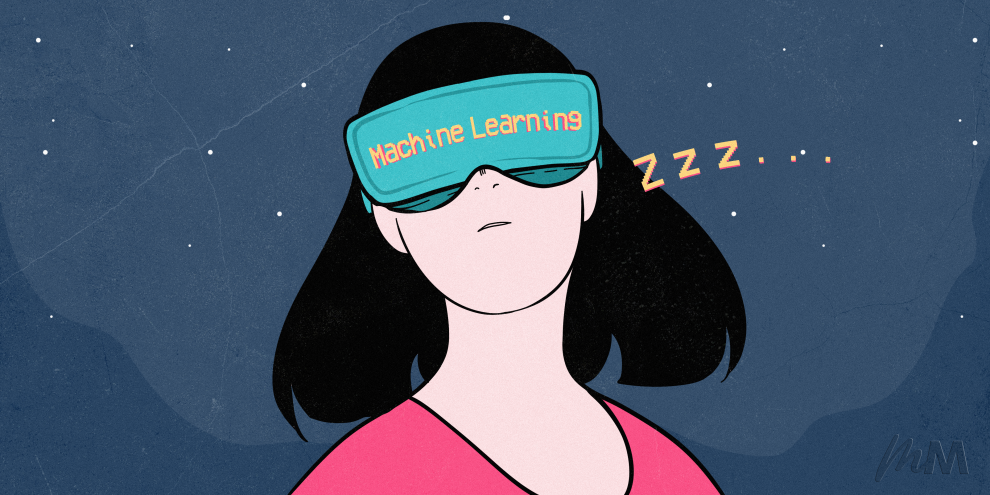The screening process for sleep apnea, a condition whereby a person’s sleep is disrupted by their breathing, could be lengthy and tedious. The test involves measuring brain activity, eye movement, and blood oxygen levels. To avoid such a long process, a team of researchers are looking at using machine learning to track a person’s breathing.
The technology comes in the form of a wearable device and uses a combination of body electrical signals and machine learning. Called Robin, the patch applies a current to the body and measures the resulting voltage at a different location. Afterwards, the team used deep learning to measure sleep apnea events.
“When a patient breathes, air enters the lungs, and the chest expands, resulting in impedance changes in the chest,” explains Tom Van Steenkiste, a researcher involved in the study. “By measuring bioimpedance on the chest… respiration can be estimated.”











Add Comment